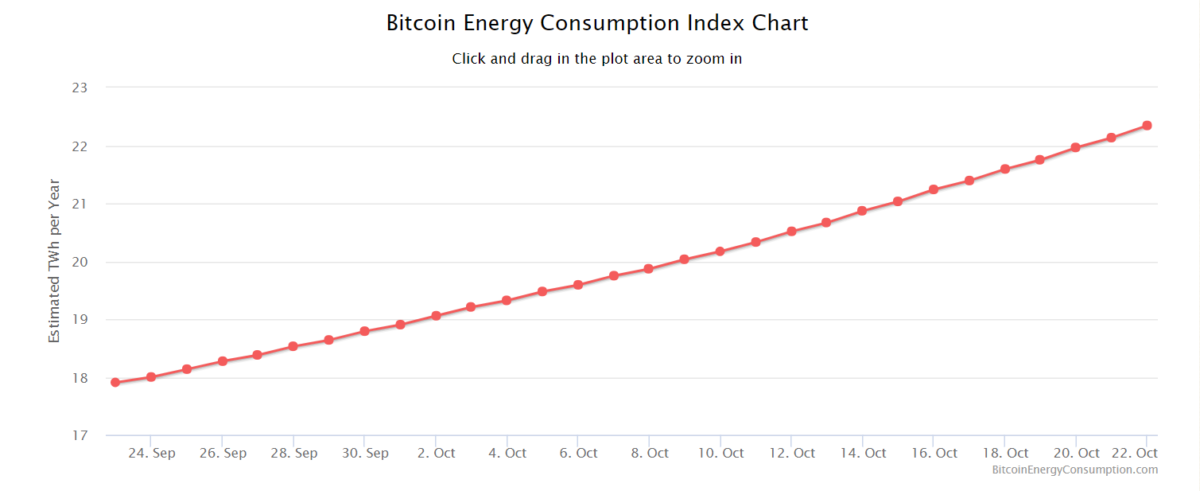Since the latest increase in Bitcoin’s value, reaching its all-time high of 6100 USD, much has been published about this digital currency. Speculations about its future value, strategies on how to make the most profit and so on.
Bitcoin and other blockchain currencies are based on sets of transaction (blocks) on top of each other by so called “miners”. These miners aren’t required to trust each. All they need to do is trust the algorithm that runs the Bitcoin. As long as all the miners agree on what is the exact history of such building blocks, the block can continue to be build (continuing with transactions) (proof-of-work). For this, many calculations and predication have to be made. Because there are only a limited amount of Bitcoins available, the more bitcoins are bought, the more scare they become, and thus the more valuable. Currently, there are only 195.12 bitcoins available (Litebit.eu). If you would have bought a Bitcoin one year ago, you would have paid 600 USD for it, and you could get 6100 USD for it now.
This sounds like you can make money while sleeping, however, the machines that run all the calculations necessary to build the blocks on top of each other, use an enormous amount of energy.
As can be seen in the chart below, Bitcoin uses around 23 TWh per year, which is just a little more than the entire country of Ecuador.

For comparison, Bitcoin uses about 20% of the entire energy consumption in The Netherlands.
Besides a gold-mine, Bitcoin is basically a very volatile a payment system. When compared with other payments systems like VISA, Bitcoin uses much more energy too.

The question is whether this is what it’s worth to have a payment system based solely on trusting an algorithm, as VISA requires banking and similar institutions.
The answer is, no. Although the way Bitcoin works (through Proof-of-work) was the first algorithm that manages to prove itself, there are more algorithms that work in a different way and use much less energy, like proof-of-stake.
However, there are many different versions of proof-of-stake, and none of these have fully proven themselves yet. Nevertheless, this gives good hope for the future and sustainability of blockchain currencies.
References
Bitcoin Energy Consumption Index – Digiconomist. (2017). Digiconomist. Retrieved 23 October 2017, from https://digiconomist.net/bitcoin-energy-consumption

